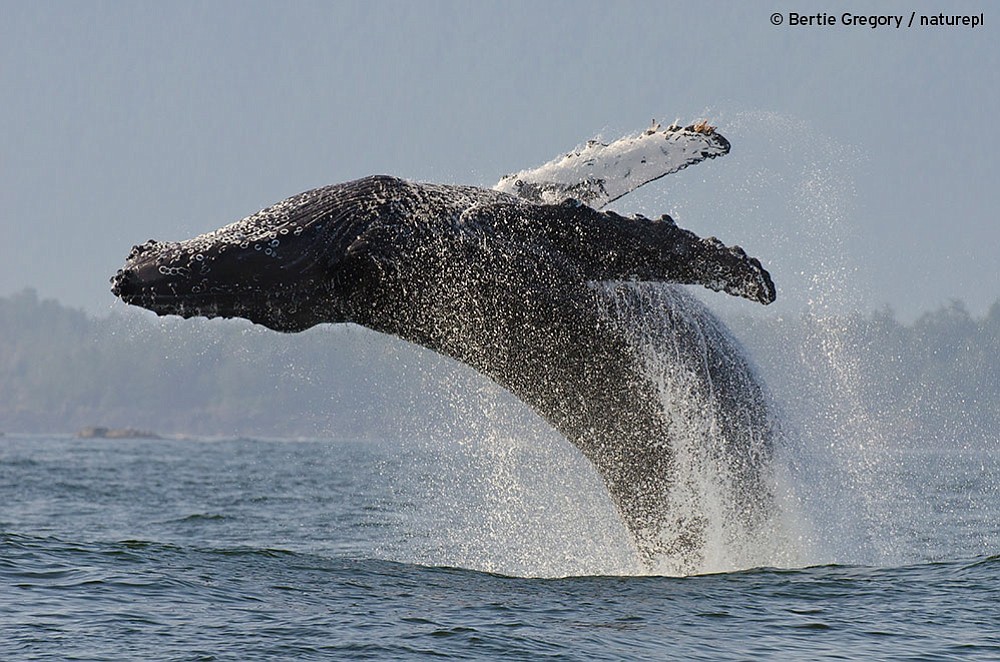NEW YORK — PBS is bringing a live whale watch into the nation’s living rooms — and throwing in some seals, sea otters, dolphins and pelicans.
For three evenings starting Monday, the public broadcaster is airing a collaboration with the BBC about marine life in California’s Monterey Bay. “Big Blue Live” will have separate East and West Coast feeds.
PBS calls it “one of nature’s great reality shows,” made possible by the bay’s unique geography and a turnaround from severe pollution that curtailed marine life there for many years. Nutrients from deep-water canyons flood the bay at this time of year, turning it into a prime feeding area, said Bill Gardner, PBS vice president for programming and development.
Producers and camera operators are already preparing, having traveled to Mexico to film whales that migrate to Monterey Bay and New Zealand for birds that make the long journey over the Pacific Ocean. Ships, even drones, are being employed to keep producers informed about the areas of greatest animal activity.




